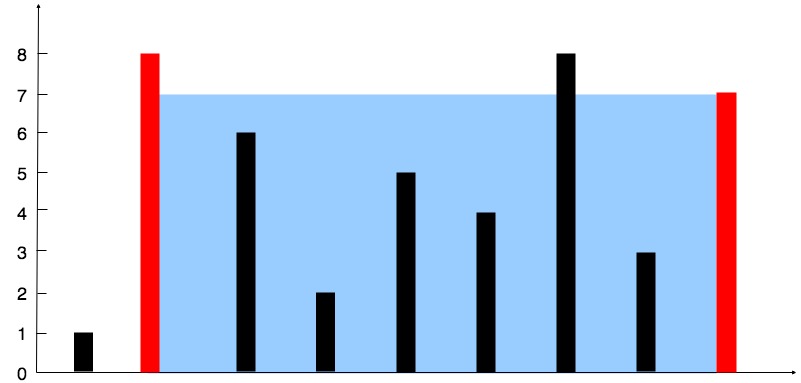Problem
Given a string containing just the characters '(', ')', '{', '}', '[' and ']', determine if the input string is valid.
An input string is valid if:
- Open brackets must be closed by the same type of brackets.
- Open brackets must be closed in the correct order.
Examples
1 | Input: "()" |
1 | Input: "()[]{}" |
1 | Input: "(]" |
1 | Input: "([)]" |
1 | Input: "{[]}" |
